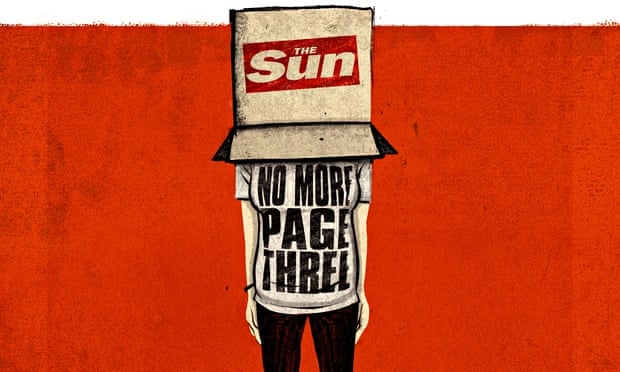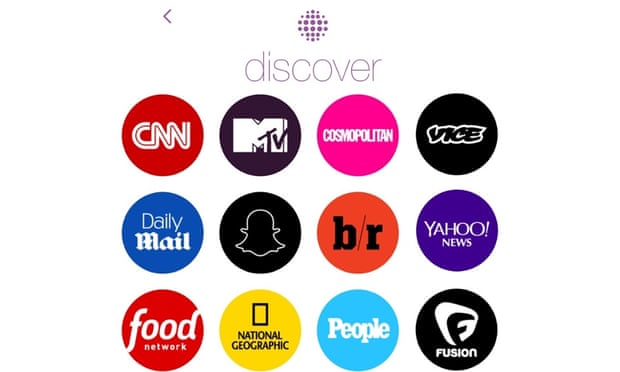Media Magazine extended feature on the media coverage
of the UK riots (MM38 page 5)
1)
How did the language and selection of images
in the coverage create a particular representation of young people?
The language and images that are used
within the coverage that the riots received presented young people as being ‘out
of control’ and ‘young thugs.’ This then resulted in young people having a
negative representation, although the exams results that showed couple weeks
later showed that GCSE and Alevel students showed ‘achieved record passes.’
2)
Why does David Buckingham mention Owen Jones
and his work Chavs: the demonisation of the working class?
Buckingham mention how in one of Jones recent
books, Chas as it looks how the working class became an object of ‘fear and
ridicule.’ His point shows how certain stereotypes were created shortly after
the rioters did what they did. One could argue that this stereotype was overly
and harshly bias as it focused on what the rioters did which was only a small
percentage of teenagers.
3)
What is the typical representation of young
people – and teenage boys in particular? What did the 2005 IPSOS/MORI survey
find?
The IPOS survey claimed that 40% of newspaper
articles focused on youths having an anti-social behaviour, violent behaviour
and a criminal behaviour and that 71% of them described youths negatively. In
addition to this, stories described teenage boys as ‘yobs, thugs, sick, feral,
hoodies, louts, heartless, frightening and scum.’ This shows how negatively
youths are presented in the media and surely the media has its way of
manipulating people.
4)
How can Stanley Cohen’s work on Moral Panic
be linked to the coverage of the riots?
Moral Panic was invented during the London
rioters were rioting as it caused ‘threats to societal values.’ People were
generally panicking and didn’t want to be involved in this riot as it could’ve
caused troubles. News industries also added to the effect of the moral panic by
focusing on these stories and possibly exaggerating the situation to buy their audiences.
5)
What elements of the media and popular
culture were blamed for the riots?
Elements that are included in popular culture
such as rap music, computer games and reality television shows were blamed for
encouraging this behaviour of the rioters, they were blamed them for
encouraging this. Also, the use of BBM at the time was a major contribution as
people were using as a source of information to know where and when to go riot.
6)
How was social media blamed for the riots?
What was interesting about the discussion of social media when compared to the
Arab Spring in 2011?
Social media was also blamed for having
contributions. Social network sites such Twitter, facebook and blackberries
were blamed for encouraging this behaviour as they were a source of valuable
information for these rioters. The police even threatened to turn the internet
off so people wouldn’t be able to reach each other and contact.
7)
The riots generated a huge amount of comment
and opinion - both in mainstream and social media. How can the two-step flow theory
be linked to the coverage of the riots?
Many people have made several comments about
the riots and who they believe to have encouraged this behaviour specifically.
The opinions of leaders was the one that was most likely to affect people as
they were blaming youths and social networking sites for this riots as well as
advanced phones which at the time, was the blackberries.
8)
Alternatively, how might media scholars like
Henry Jenkins view the 'tsunami' of blogs, forums and social media comments? Do
you agree that this shows the democratisation of the media?
Jenkins celebrated at how many people
participated in blogs, forums and social networking sites. I personally think
that it shows a major contribution of democratisation of how media affects
people’s lives and not in all cases is an advantage.
9)
What were the right-wing responses to the
causes of the riots?
The right wings responses to the rioters could
be described as exaggerated as well as extreme. The Daily mail explained that
young people were ‘wild breasts’ who responded according to animal impulses to
do what they wish to do. In other words, they do whatever comes to mind rather
than doing the best thing to do.
10)
What were the left-wing responses to the
causes of the riots?
On the other hand, the left wing response was
evidently opposite. They claimed to drive people to do what they did, there
must be an evident reason. Rioters had all rights to do what they did and
therefore they shouldn’t be insulted.
11)
What are your OWN views on the main causes of
the riots?
In my personal view, there are many views to
why the rioters did what they did. I think its too harsh to insult youths in
general just because of what a small proportion of them did. I believe that the
riots had reasons to do what they did but they didn’t necessarily have the
right to do what they did. I absolutely do not believe that popular culture
encouraged the youths who were involved to do what they did, if that was the
case, everyone who has an popular culture would’ve been involved.
12)
How can capitalism be blamed for the riots?
What media theory (from our new/digital media unit) can this be linked to?
I think that capitalism can he harshly blamed for the rioters.
Capitalism causes small elite to have it all, luxuries and rights that
other don’t have, such as not paying for taxes. Most people with power and possessions
didn’t necessarily work for it, some of them just inherited. Rioters could feel
that since they are unfairly privileged than they cause earn those privileges
by doing what they did.
13)
Were people involved in the riots given a
voice in the media to explain their participation?
People who were involved in the rioters were obviously
not given any voice. If they received the coverage that they fought for, people
wouldn’t be blaming youths for what they did, rather they would come to have a
mutual understanding
The Guardian collected over 1.3 million
words of first person accounts from the rioters. This could be seen as
secondary data that was used to deduce about the rioters. Some of the reasons involved
tuition fees, no luxuries, unemployment and the shooting of Mark Duggan and
scrapping of the education maintenance allowance.
15)
What is your own opinion on the riots? Do you
have sympathy with those involved or do you believe strong prison sentences are
the right approach to prevent such events happening in future?
In my opinion, having sympathy for the
rioters is only natural. Although what they did was wrong, people have had employment
issues as well as having problems paying for things. I believe that far too
many people were involved for the police to result in arresting them and giving
them long sentences. Things that could
help is an increase of employment, make essential things cheaper as well as
lowering the university fees.


